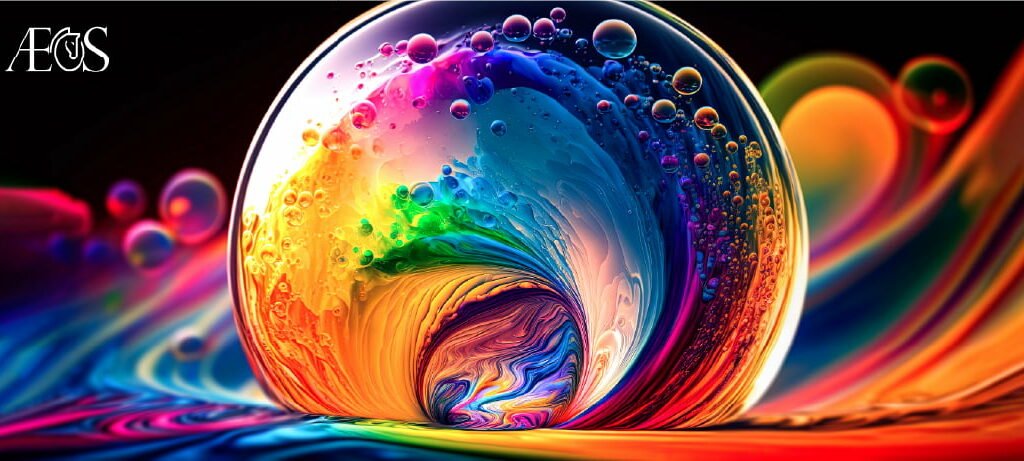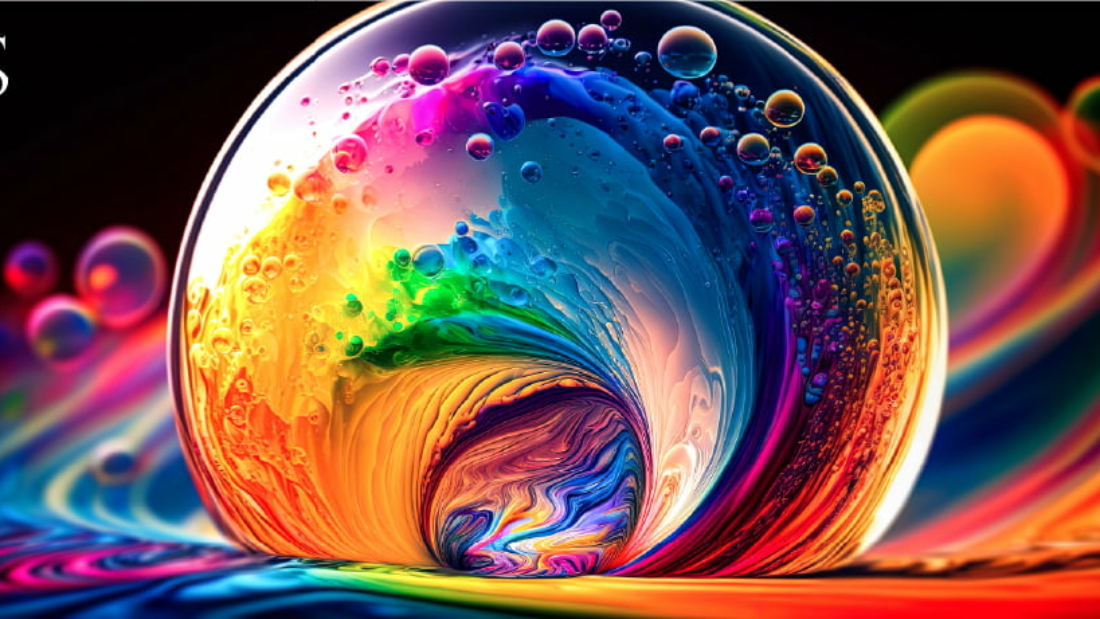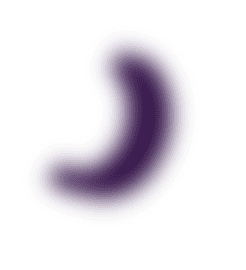Hey there, color enthusiasts, and welcome to our lively discussion on the rainbow’s role in the realm of web design! Ever wondered why Facebook is blue, or why McDonald’s opted for red and yellow? You see, it’s not just because someone woke up one day and said, “Blue looks nice, let’s go with that!” No, there’s a science behind it, and it’s called color psychology.

Now, I know what you’re thinking: “Color psychology? You mean colors have feelings now?” Not quite, my friend! Color psychology is the study of how different hues can influence perceptions and behaviors. It’s a complex discipline that, believe it or not, plays a massive role in the effectiveness of your website design.
Let’s talk about some of these color-emotion relationships, shall we?
Red is the color of passion and excitement. It screams, “Hey, look at me!” That’s why you’ll often see it used in clearance sale signs.
Blue, on the other hand, is the color of trust and calmness. If you’re aiming for a professional, dependable vibe (hello, Facebook and LinkedIn), blue’s your guy.
Yellow represents happiness and positivity. It’s like that friend who’s always upbeat and enthusiastic, even on a Monday morning!
Green denotes health, tranquility, and nature. Think Whole Foods and their commitment to natural, organic products.
Black symbolizes luxury and sophistication, hence its prevalent use in luxury brand websites.
White is the color of cleanliness and simplicity, which is why minimalist websites often use it.
These are just the basics, though. The world of color psychology is as deep as the Mariana Trench, and it’s easy to get overwhelmed. But don’t worry, we’ve got your back!
Now, for the fun part: the top 10 “Thou Shalt Not” of color psychology in web design. Get your popcorn ready, folks, this is about to get interesting!
- Thou Shalt Not Ignore Your Audience: Different demographics have different color preferences. Know your audience before selecting your palette.
- Thou Shalt Not Overdo Vibrancy: Unless you’re aiming for a website that looks like a neon sign, use vibrant colors sparingly.
- Thou Shalt Not Forget Color Blind Users: Accessibility is key. Use color contrast effectively so that color blind users can navigate your site easily.
- Thou Shalt Not Mix Clashing Colors: Clashing colors can lead to a chaotic design. Unless your goal is to give your users a headache, avoid this at all costs.
- Thou Shalt Not Use Too Many Colors: Stick to a simple color scheme. If your website looks like a rainbow exploded, you’ve probably gone too far.
- Thou Shalt Not Neglect White Space: White space gives your design room to breathe. It’s the silent partner that makes your colors pop!
- Thou Shalt Not Ignore Cultural Color Associations: Colors can have different meanings in different cultures. Be mindful of this, especially if you have an international audience.
- Thou Shalt Not Use Color Alone to Convey Meaning: Pair colors with symbols or text to ensure your message isn’t lost on color blind users.
- Thou Shalt Not Forget About Contrast: Contrast improves readability. If users can’t read your content, what’s the point, right?
- Thou Shalt Not Ignore the Mood: Colors evoke emotions and moods. Align your color scheme with the mood you want to set for your
Primary Colors
Oh, primary colors – the red, yellow, and blue trifecta that take us back to our elementary school days, where we were just discovering the joy of smearing paint on paper (and let’s be honest, on ourselves too). But, as much as we have a soft spot for these bold and brilliant colors, using them in web design requires a bit of caution.
Now, don’t get us wrong. We’re not saying that primary colors are the Voldemort of web design – they’re not to be feared or avoided completely. They just need to be used wisely. And with great power (of color), comes great responsibility!
So how do we dodge the bullet of primary color overuse without completely snubbing them? Here are a few tips:
- Tweak the Tones: Rather than using pure, undiluted primary colors, consider tweaking the hues a bit. Try a softer, lighter tone, or go darker for a more muted effect. Your website won’t feel like it’s screaming for attention, and your visitors won’t need to reach for their sunglasses.
- Embrace the Blend: Remember how magical it was when you discovered that red and yellow made orange, or blue and yellow made green? Rekindle that magic and explore the wide world of secondary colors and beyond. They bring a more sophisticated vibe to your design.
- Less is More: If you do decide to use primary colors, try to use them sparingly. They can be a great accent color, but can feel overwhelming if they dominate your design. Remember, they are like chili flakes – a little can add a zesty kick, but too much can set your mouth on fire!
- Consider Color Psychology: Each color invokes certain emotions and associations. For instance, red is often associated with urgency or excitement, while blue can evoke feelings of trust and stability. Use these associations to your advantage.
- Test, Test, Test: Finally, always test your color choices. Different colors and shades can look vastly different depending on the screen settings and lighting conditions. What looks like a pleasant shade of blue on your screen might look like a smurf explosion on another. And that’s not a risk we’re willing to take, are we?
So, there you have it. Navigating the world of primary colors doesn’t have to feel like a game of Minesweeper. With these tips, you’re all set to use primary colors in your web design responsibly and effectively. Happy coloring!
Available Tools To Help In Design
Alright, so you’ve braved the storm of color psychology, primary colors and you’re ready to tackle your website’s color scheme like a true Van Gogh. Fantastic! But before you jump in, let’s equip you with the right tools for the job. After all, even Van Gogh needed a palette and brushes, right?
- Coolors: This is one of our favorite free tools. It’s an incredibly simple and intuitive color scheme generator. You can browse thousands of color schemes or generate your own with the click of a space bar! Seriously, it’s that easy. If only going to the gym was this simple…
- Adobe Color: Another superb tool is Adobe Color. This web-based tool allows you to create color schemes based on color theory rules. You can also explore popular color palettes created by the community. The best part? It’s totally free! Who said nothing good in life comes for free?
- Canva’s Color Wheel: Canva isn’t just for making snazzy social media graphics. Their color wheel tool is also a godsend for color scheme creation. With a user-friendly interface, it allows you to easily generate and save color palettes. Plus, they offer a handy guide on color theory – it’s like having a color guru right by your side!
- Paletton: Paletton is an online tool that lets you create color combinations based on various color theory principles. With Paletton, you can also preview what your color scheme would look like on a mock website. It’s like a time machine that allows you to foresee your website’s color future. Neat, right?
- Colormind: This handy tool uses AI (yup, you heard that right, artificial intelligence!) to generate color palettes from images you upload, or from scratch. It’s like having a super-intelligent robot artist at your disposal!
- Color Hunt: This platform showcases thousands of curated color palettes created by designers. It’s a great source of inspiration when you’re feeling as stuck as a snail in molasses.
Remember, while these tools are incredibly helpful, they’re just tools at the end of the day. They’re there to aid your creativity, not replace it. So, don’t be afraid to experiment and color outside the lines (pun totally intended). Let your imagination run wild and paint your website with all the colors of your creativity!
Now that you’re equipped with knowledge and tools, go forth, my friend, and color your website beautiful. We can’t wait to see what vibrant masterpiece you’ll create! Happy designing!



Add a Comment